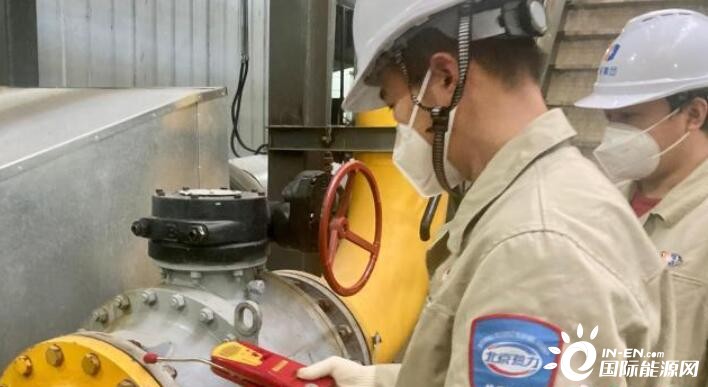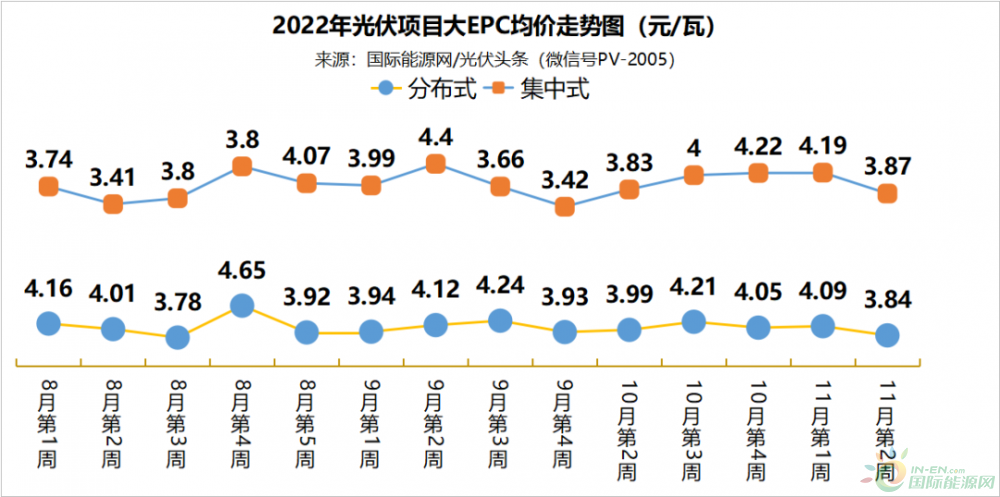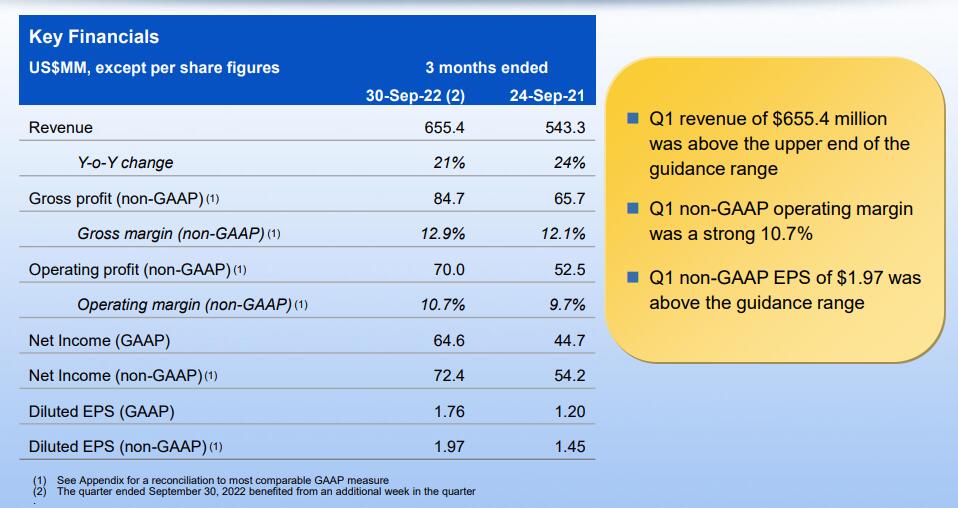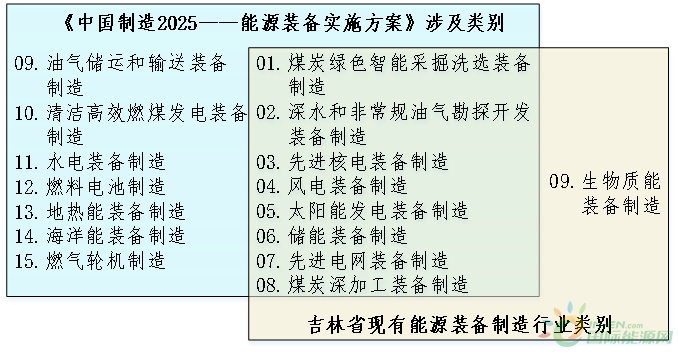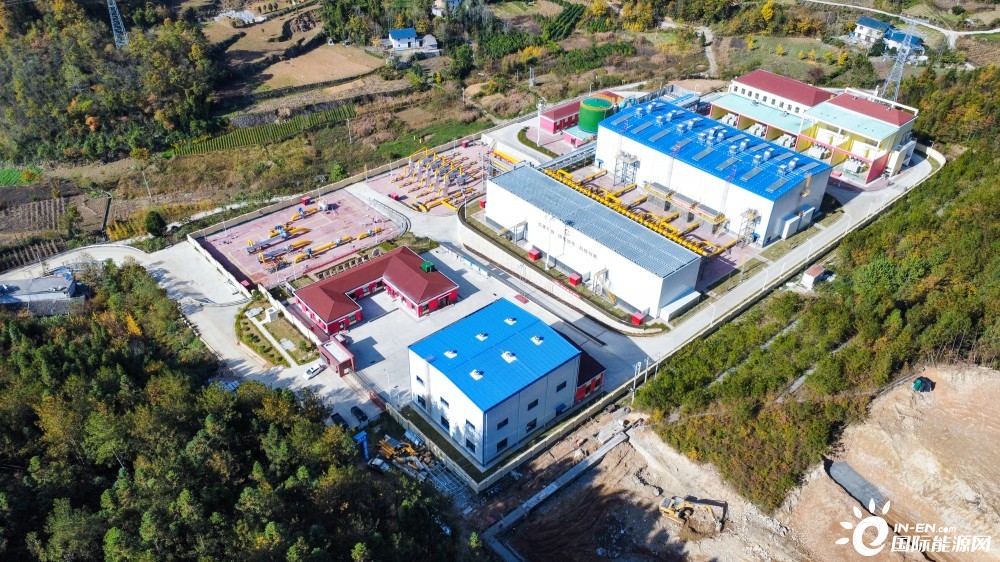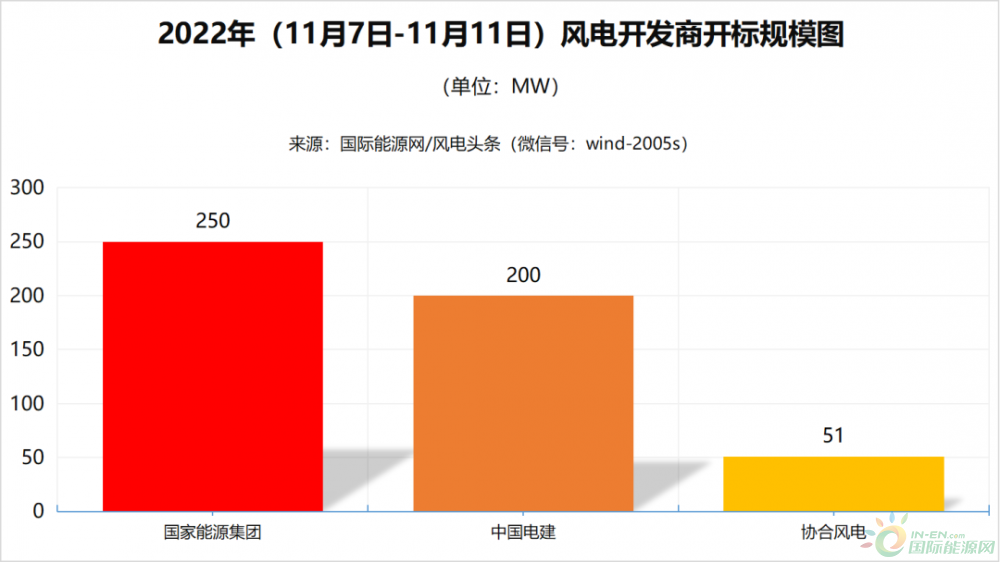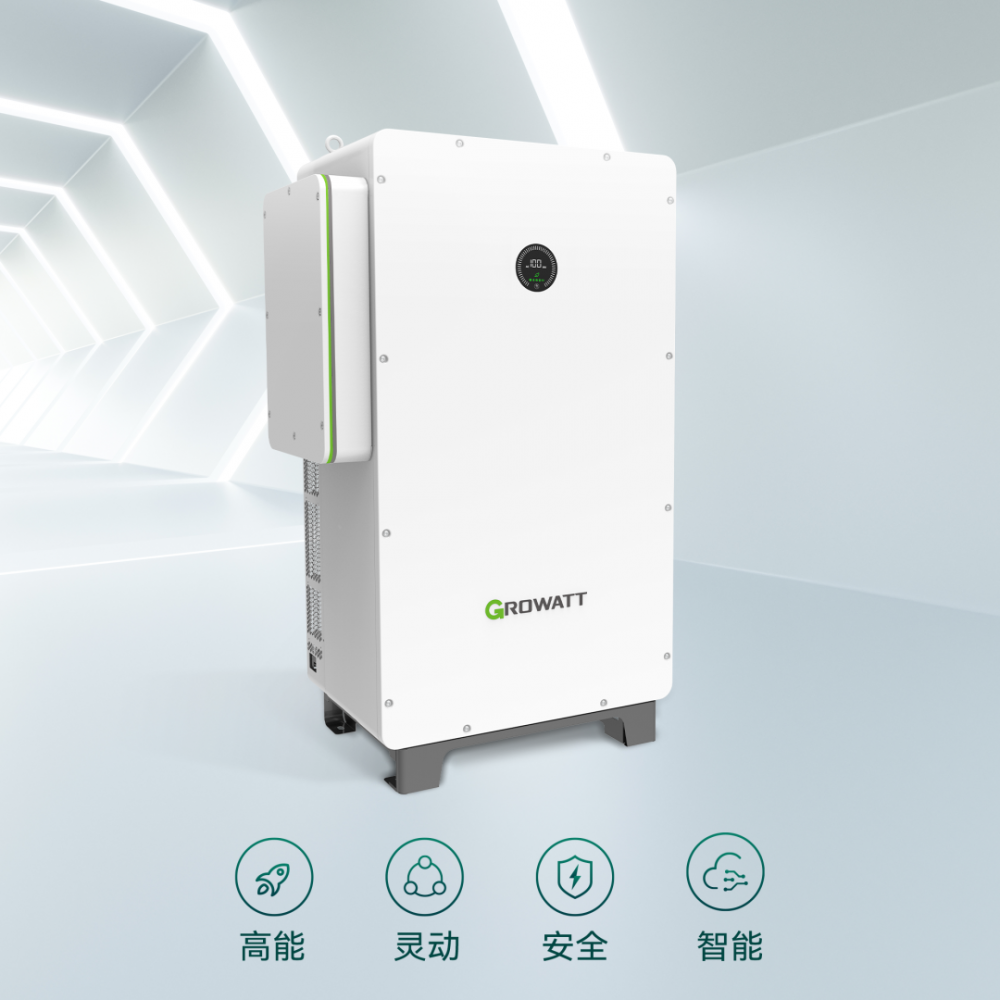使用 OpenCV 和 Python 在直播中模糊人脸
本文将学习如何使用 OpenCV 和 Python 在直播中模糊人脸。这将是一个非常有趣的博客,让我们开始吧!
我们最终结果的快照:

第 1 步:导入所需的库
· 为图像操作导入cv2
· 为数组操作导入 Numpy
import cv2
import numpy as np
第 2 步:定义模糊函数
· 这里我们定义了 Blur 函数。
· 它需要 2 个参数,图像 img 和模糊因子 k 。
· 然后我们通过将高度和宽度除以模糊因子来简单地计算内核高度和内核宽度。kw 和 kh 越小,模糊度越高。
· 然后我们检查 kw 和 kh 是否为奇数,如果它们是偶数,则减 1 以使它们为奇数。
· 然后简单地我们将高斯模糊应用于我们的图像并返回它。
def blur(img,k):
h,w = img.shape[:2]
kh,kw = h//k,w//k
if kh%2==0:
kh-=1
if kw%2==0:
kw-=1
img = cv2.GaussianBlur(img,ksize=(kh,kw),sigmaX=0)
return img
第 3 步:定义 pixelate_face 函数
· 这是一个简单地为模糊图像添加像素化效果的函数。
def pixelate_face(image, blocks=10):
# divide the input image into NxN blocks
(h, w) = image.shape[:2]
xSteps = np.linspace(0, w, blocks + 1, dtype="int")
ySteps = np.linspace(0, h, blocks + 1, dtype="int")
# loop over the blocks in both the x and y direction
for i in range(1, len(ySteps)):
for j in range(1, len(xSteps)):
# compute the starting and ending (x, y)-coordinates
# for the current block
startX = xSteps[j - 1]
startY = ySteps[i - 1]
endX = xSteps[j]
endY = ySteps[i]
# extract the ROI using NumPy array slicing, compute the
# mean of the ROI, and then draw a rectangle with the
# mean RGB values over the ROI in the original image
roi = image[startY:endY, startX:endX]
(B, G, R) = [int(x) for x in cv2.mean(roi)[:3]]
cv2.rectangle(image, (startX, startY), (endX, endY),
(B, G, R), -1)
# return the pixelated blurred image
return image
第 4 步:让我们在实时提要中模糊面孔
· 下面的代码是代码的主要部分。
· 这里的 factor 定义了模糊量。
· 定义一个级联分类器对象 face_cascade 来检测人脸。
· 下载 haarcascade_frontalface_default.xml 文件
然后简单地运行一个无限循环,从网络摄像头读取图像,检测其中的人脸,然后用像素化的人脸替换该人脸部分。
阅读更多关于使用 HAARCASCADES 进行面部和眼睛检测的信息
factor = 3
cap = cv2.VideoCapture(0)
face_cascade = cv2.CascadeClassifier('haarcascade_frontalface_default.xml')
while 1:
ret,frame = cap.read()
gray = cv2.cvtColor(frame,cv2.COLOR_BGR2GRAY)
faces = face_cascade.detectMultiScale(gray, 1.5, 5)
for (x,y,w,h) in faces:
frame[y:y+h,x:x+w] = pixelate_face(blur(frame[y:y+h,x:x+w],factor))
cv2.imshow('Live',frame)
if cv2.waitKey(1)==27:
break
cap.release()
cv2.destroyAllWindows()


让我们看看完整代码
import cv2
import numpy as np
def blur(img,k):
h,w = img.shape[:2]
kh,kw = h//k,w//k
if kh%2==0:
kh-=1
if kw%2==0:
kw-=1
img = cv2.GaussianBlur(img,ksize=(kh,kw),sigmaX=0)
return img
def pixelate_face(image, blocks=10):
# divide the input image into NxN blocks
(h, w) = image.shape[:2]
xSteps = np.linspace(0, w, blocks + 1, dtype="int")
ySteps = np.linspace(0, h, blocks + 1, dtype="int")
# loop over the blocks in both the x and y direction
for i in range(1, len(ySteps)):
for j in range(1, len(xSteps)):
# compute the starting and ending (x, y)-coordinates
# for the current block
startX = xSteps[j - 1]
startY = ySteps[i - 1]
endX = xSteps[j]
endY = ySteps[i]
# extract the ROI using NumPy array slicing, compute the
# mean of the ROI, and then draw a rectangle with the
# mean RGB values over the ROI in the original image
roi = image[startY:endY, startX:endX]
(B, G, R) = [int(x) for x in cv2.mean(roi)[:3]]
cv2.rectangle(image, (startX, startY), (endX, endY),
(B, G, R), -1)
# return the pixelated blurred image
return image
factor = 3
cap = cv2.VideoCapture(0)
face_cascade = cv2.CascadeClassifier('haarcascade_frontalface_default.xml')
while 1:
ret,frame = cap.read()
gray = cv2.cvtColor(frame,cv2.COLOR_BGR2GRAY)
faces = face_cascade.detectMultiScale(gray, 1.5, 5)
for (x,y,w,h) in faces:
frame[y:y+h,x:x+w] = pixelate_face(blur(frame[y:y+h,x:x+w],factor))
cv2.imshow('Live',frame)
if cv2.waitKey(1)==27:
break
cap.release()
cv2.destroyAllWindows()
这就是你在直播中模糊面孔的方式!
原文标题:使用 OpenCV 和 Python 在直播中模糊人脸
-
使用 OpenCV 构建文档扫描仪
2022-11-02 -
图像上的 OpenCV 算术运算
2022-10-18 -
用 OpenCV 检测猫脸
2022-10-08 -
运动检测技术(OpenCV 上的代码)
2022-08-26 -
使用 OPENCV Python 进行颜色检测和选择
2022-08-16 -
Python 3 显示图像的方法
2022-08-15 -
用python实现网表分模块统计面积
2022-07-04 -
使用Python进行面部识别
2022-05-12 -
Python中OpenCV的基础知识
2022-05-09 -
使用OpenCV,构建文档扫描仪
2022-05-09 -
使用Python和docTR提取车辆识别号
2022-03-25 -
在OpenCV中使用图像像素
2022-03-03 -
使用OpenCV进行虚拟缩放
2022-03-01 -
使用OpenCV在Python中进行图像操作
2022-02-14 -
python的数字与字符串相互转换
2022-01-24



